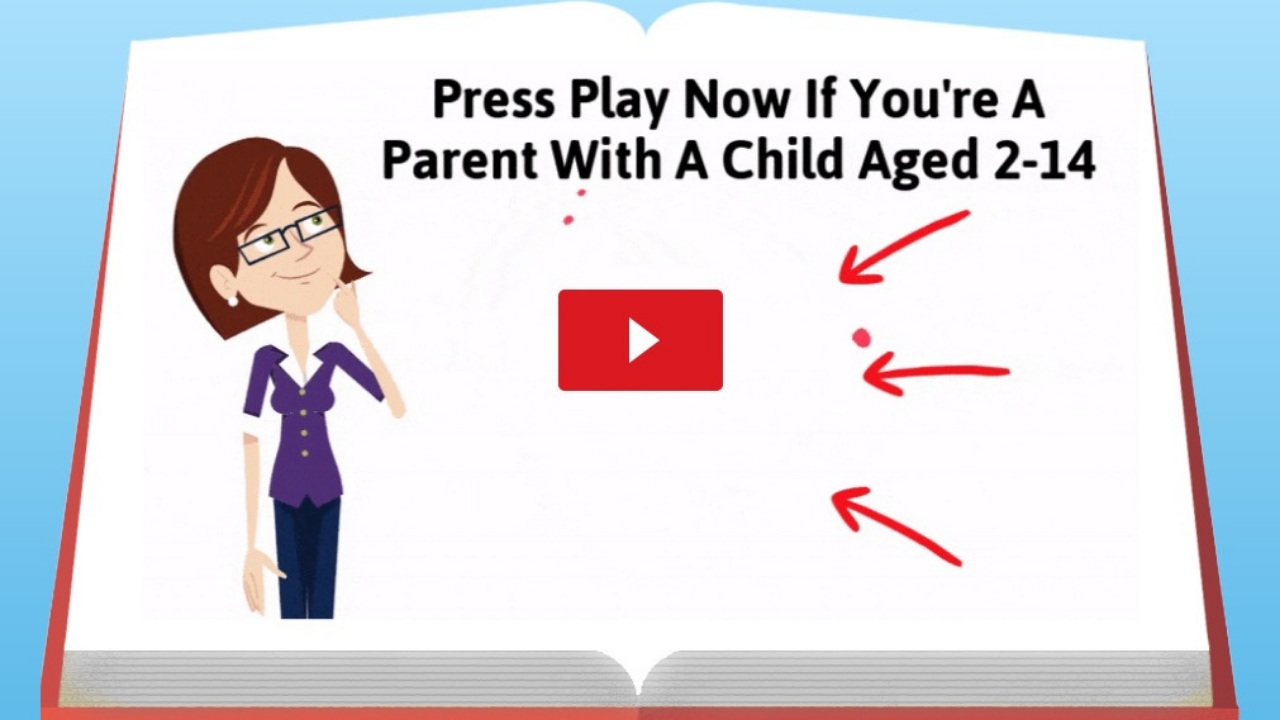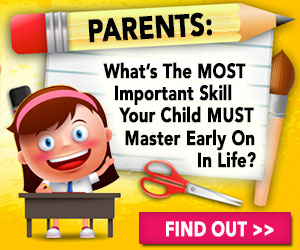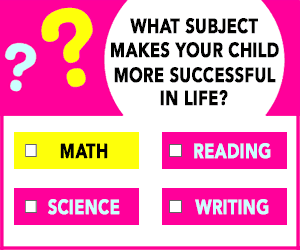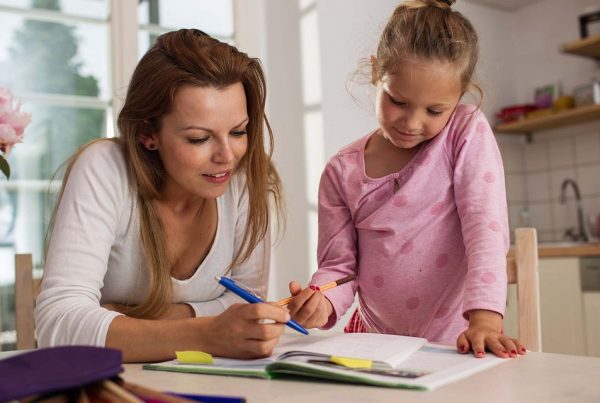I’m sure most parents don’t think about the process of learning to read until they have children of their own at home grabbing for books. As a teacher myself, I cannot tell you how many times parents have come up to me asking questions about how they can teach their children to read at home. My response to each of them is always the same: learning to read is a process composed of various skills and strategies, which luckily for you, I have broken down.
Sounds and Print
Phonics, using the sound made by a letter and groups of letters to read words, is so widely used because there is an abundance of research showing it works! In preschool or nursery school, children begin to develop their listening skills so that they can tune in to the different sounds in words, laying the foundation to learn names and sounds. The next step takes place in primary school, where children learn the letters of the alphabet in a set order, and the sound of each letter. Once that is learned, children can begin to sound out and read short, simple words. Remember, the purpose of phonics is to have your child reading as easily and quickly as possible so they can feel confident to read whatever they like! This is something that as adults we understand so easily, but we forget that children need to work that this in order to develop the awareness. To help you as a parent help your child with building letter-sound awareness, here are some skills needed to be taught in order for your child to be successful in reading:
- Phonemic Awareness: the ability to hear the different sounds in words
- Phonics: recognizing the connect between letters and the sounds they make
- Vocabulary: understanding the meaning of words and their context
- Reading Comprehension: understanding the meaning of text in information and storybooks
- Fluency: ability to read aloud with speed, understanding, and accuracy
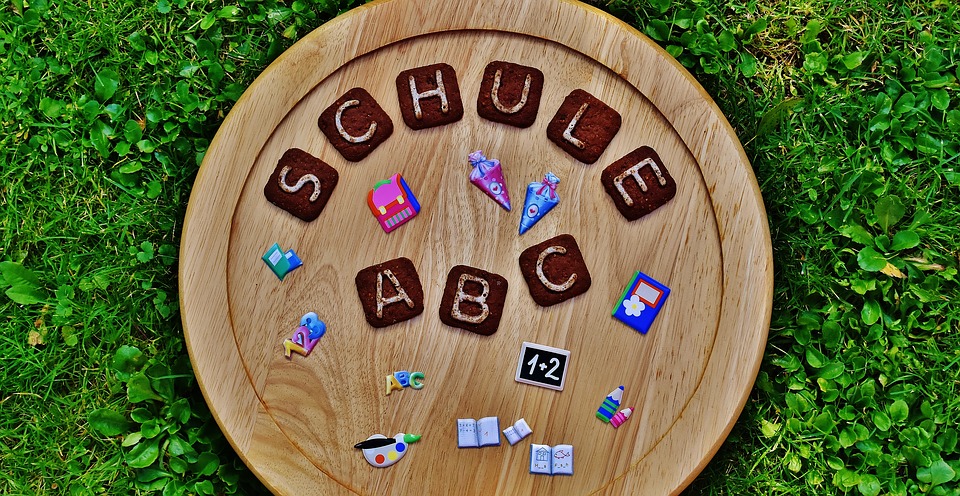
Reading Fluency
Even though the ability to read words accurately is a necessary skill when learning to read, the speed at which they read and understanding what they read is equally important. There is no set time in which your child will become a fluent reader, but the average child needs between 4 and 14 exposures to automatize the recognition of a new word. Reading to your child daily is one of the most effective ways to get your child to pick up the skills necessary for learning how to read. You are showing your child how to sound out words, building comprehension skills, growing their vocabulary, and letting them hear what a fluent reader sounds like; all needed for your child to be successful readers. While reading to your child, engage them by asking questions about the pictures they see (e.g., “What colour is the dog? Do you see the stars?”), and if your children are older, ask them a question about what you just read (e.g., “Why do you think Sam was frustrated?”).
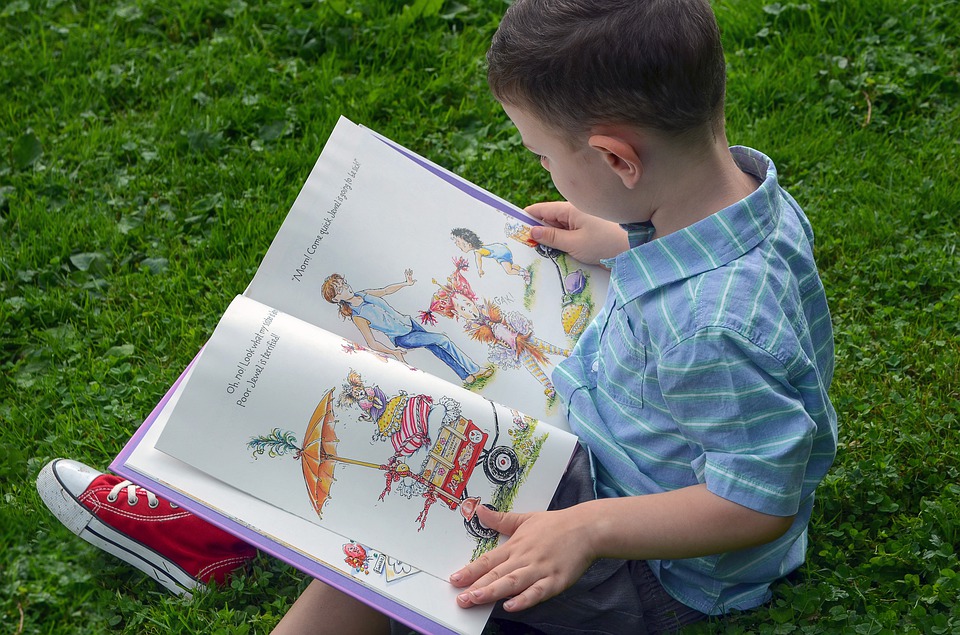
Meaning From Print
The ultimate goal of teaching children to read is to enable them to understand what they have read. Children who have strong comprehension skills are able to relate what is on the page to prior knowledge, and are able to summarize, predict, and clarify the text. The best way to describe this step the phrase “making meaning”. This is a phrase used frequently in teaching workshops and books, used to describe when a child starts to read sentences and longer texts and understand what is being read. When “making meaning”, your child should have a sense of what is going on in the story they are reading or any message the author is trying to convey. As a parent, to ensure that your child is “making meaning”, you should:
- Ask them questions about what they just read
- Encourage them to reread if they didn’t quite understand what the author was saying
- Show your own reactions to the text
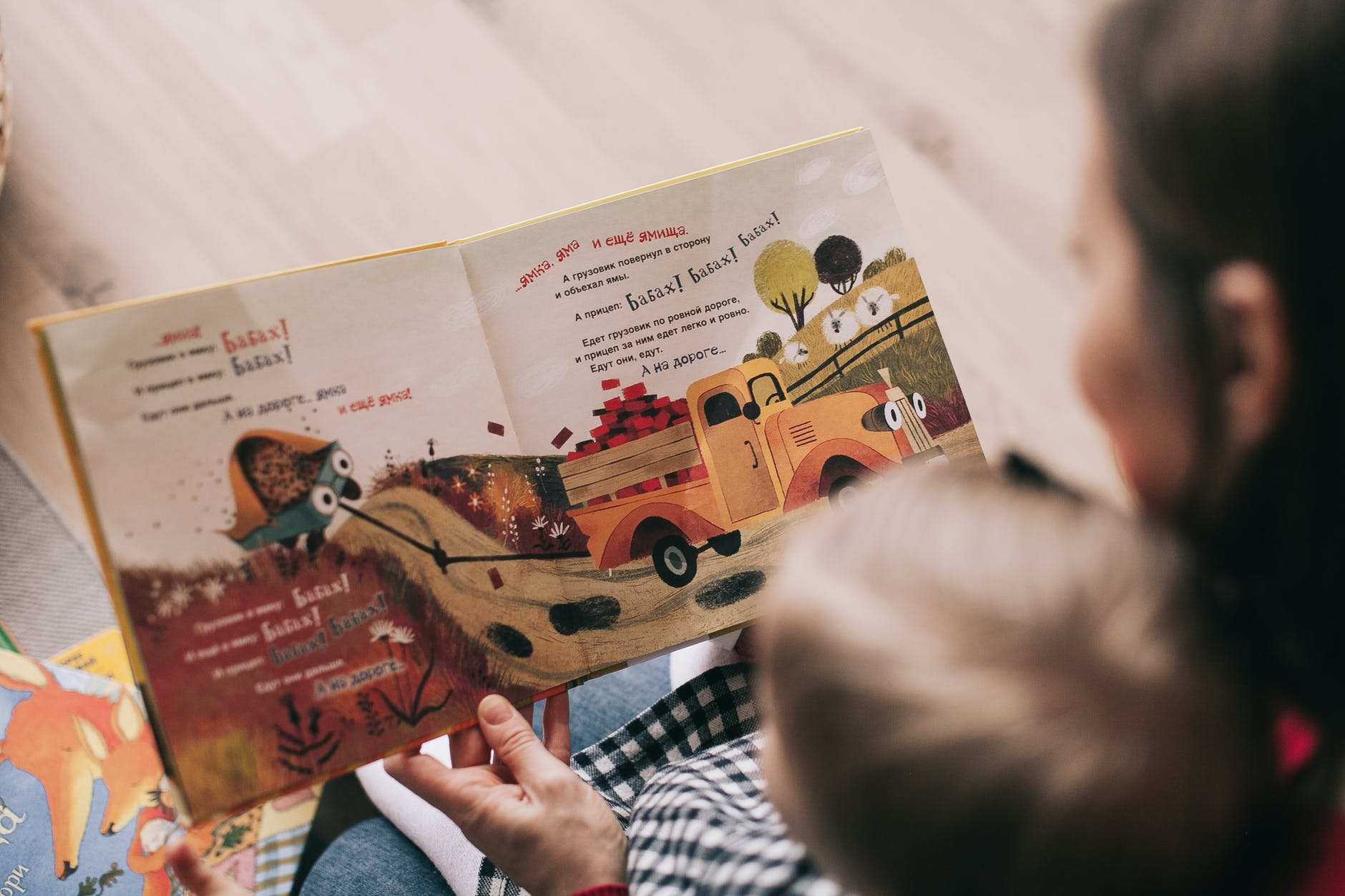
When it comes to teaching children how to read, it is important to remember that no two children will learn the same way, so remaining flexible in your approach is key to achieving success. Motivation are patience are also key as to avoid introducing any negative associations with school and learning. The more children read with their parents, teacher, and caregivers, the more books become a favourite and exciting pastime and activity. Teaching your child is not a simple task, and if after reading these steps you’re left feeling a little overwhelmed, no need to worry, I have a solution for that too!
Below is a short video of how you can improve your child reading effectively. Click the “Play Button” to start watching:
=> Click here to see how Sarah Shepard, a fellow teacher, has taught over 35,000 children how to read with her program Reading Head Start!


